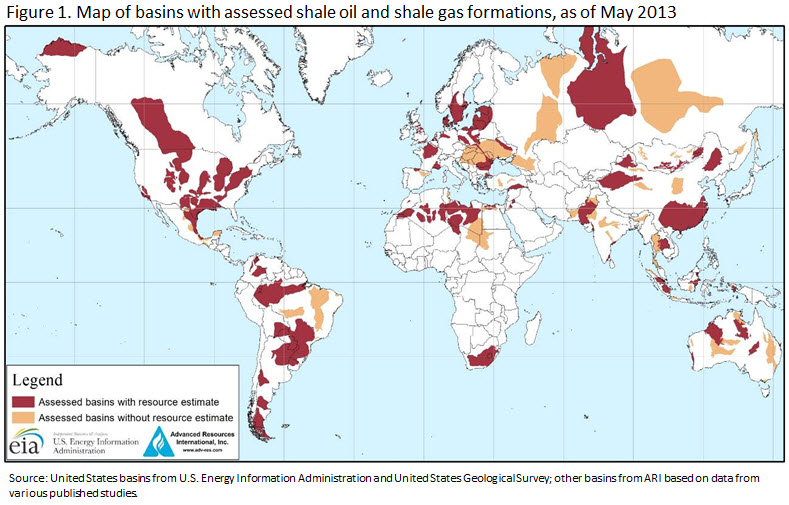
Source: EIA WEO 2009
But let's face it, if it were to turn out that the existing producing projects represented in this chart are still producing 83mmbpd in 2030 as opposed to the 43mm projected, then Peak Oil would indeed have been proven to be an unfounded scare and nothing more. Don't get me wrong - I'm not saying the projections are excessive - my point is simply that we owe it to ourselves to scrutinize the accuracy of the decline projections, because frankly they're the only potential hole in the PO argument.
I see stuff written all the time about how much the shale "revolution" is going to produce and how much tar sands are going to produce ad nauseum. But I've never seen a really deep, critical review of the decline projections or any sort of "margin of error" analysis associated with them.
I searched this forum for a post on this topic, but was surprised not to find one. Has this been discussed elsewhere on this site? Does anyone have links to any critical analysis of the accuracy of "wedge of hope" decline projections?
Thanks in advance,
Erik









 So you see the true peak in world oil production between now and 2020? How much confidence would you place on that. Personnel planning and such?
So you see the true peak in world oil production between now and 2020? How much confidence would you place on that. Personnel planning and such?